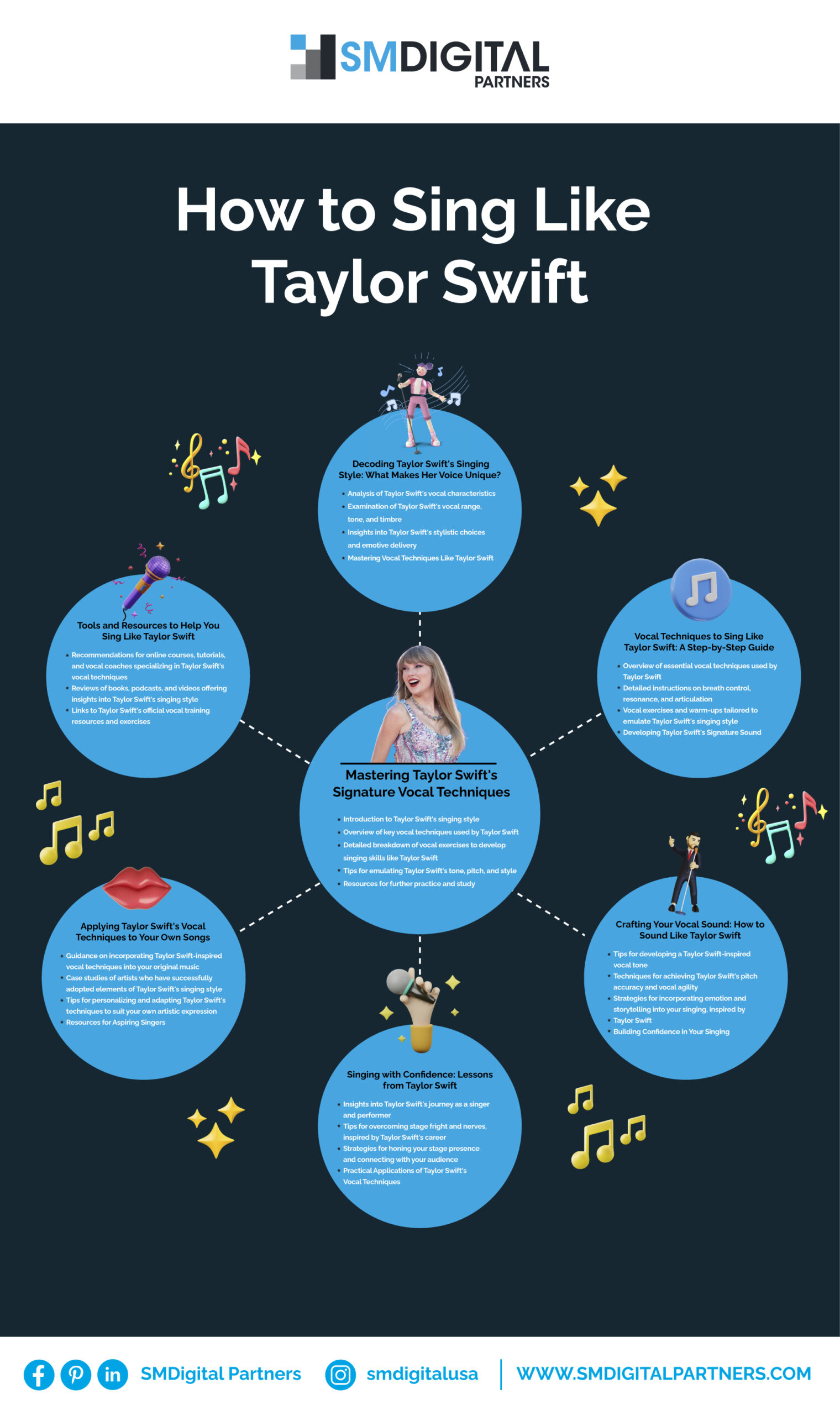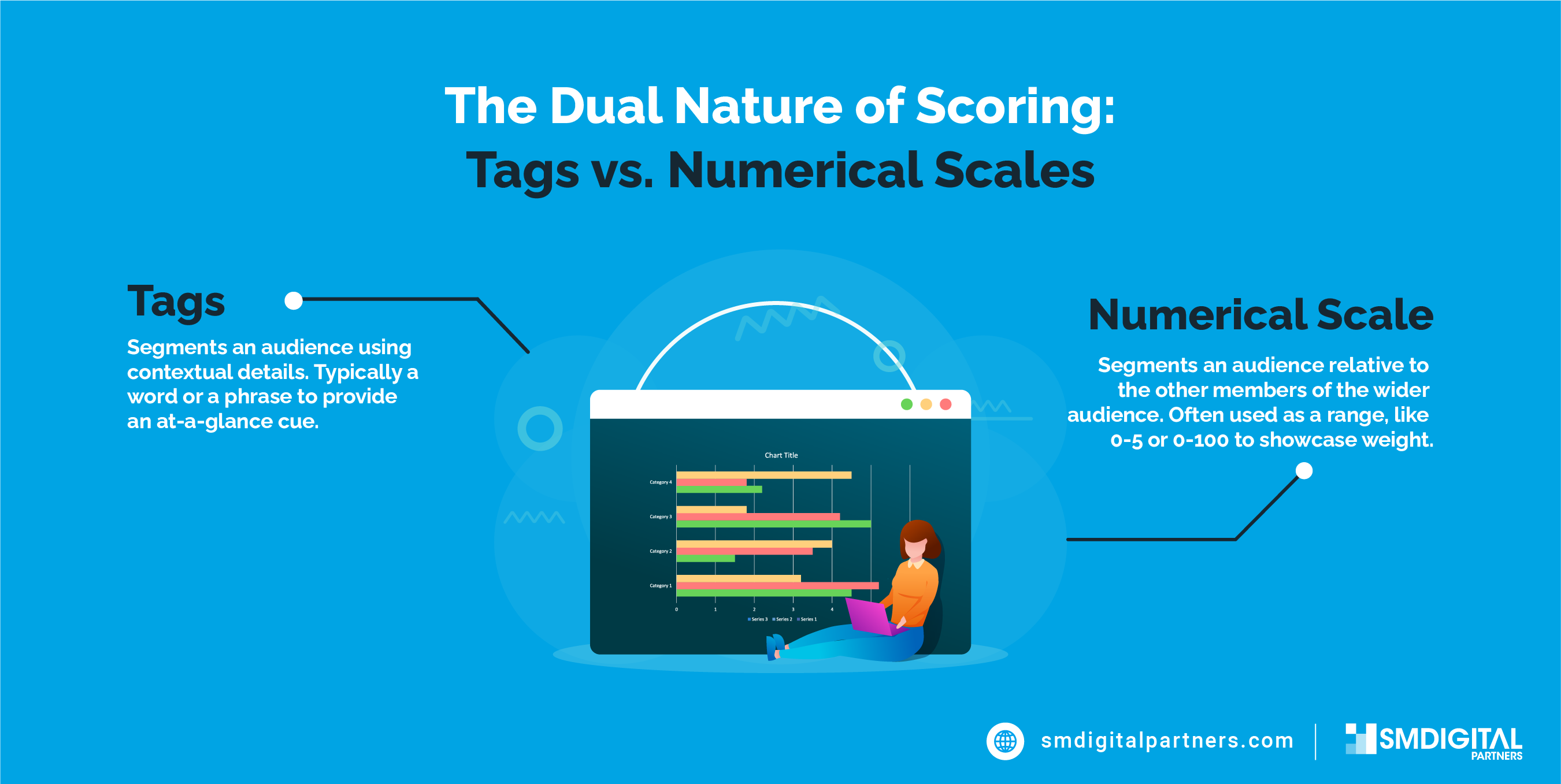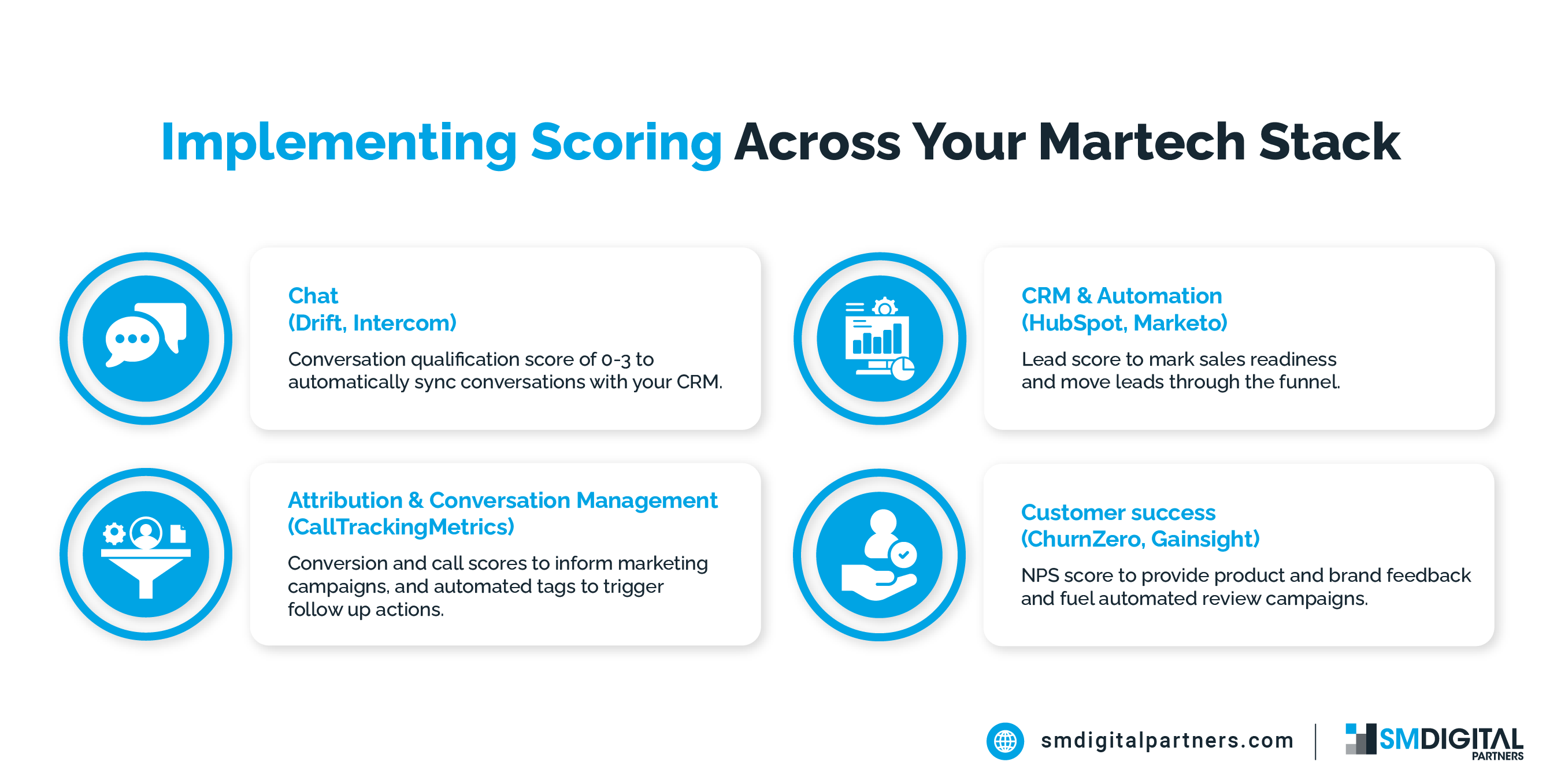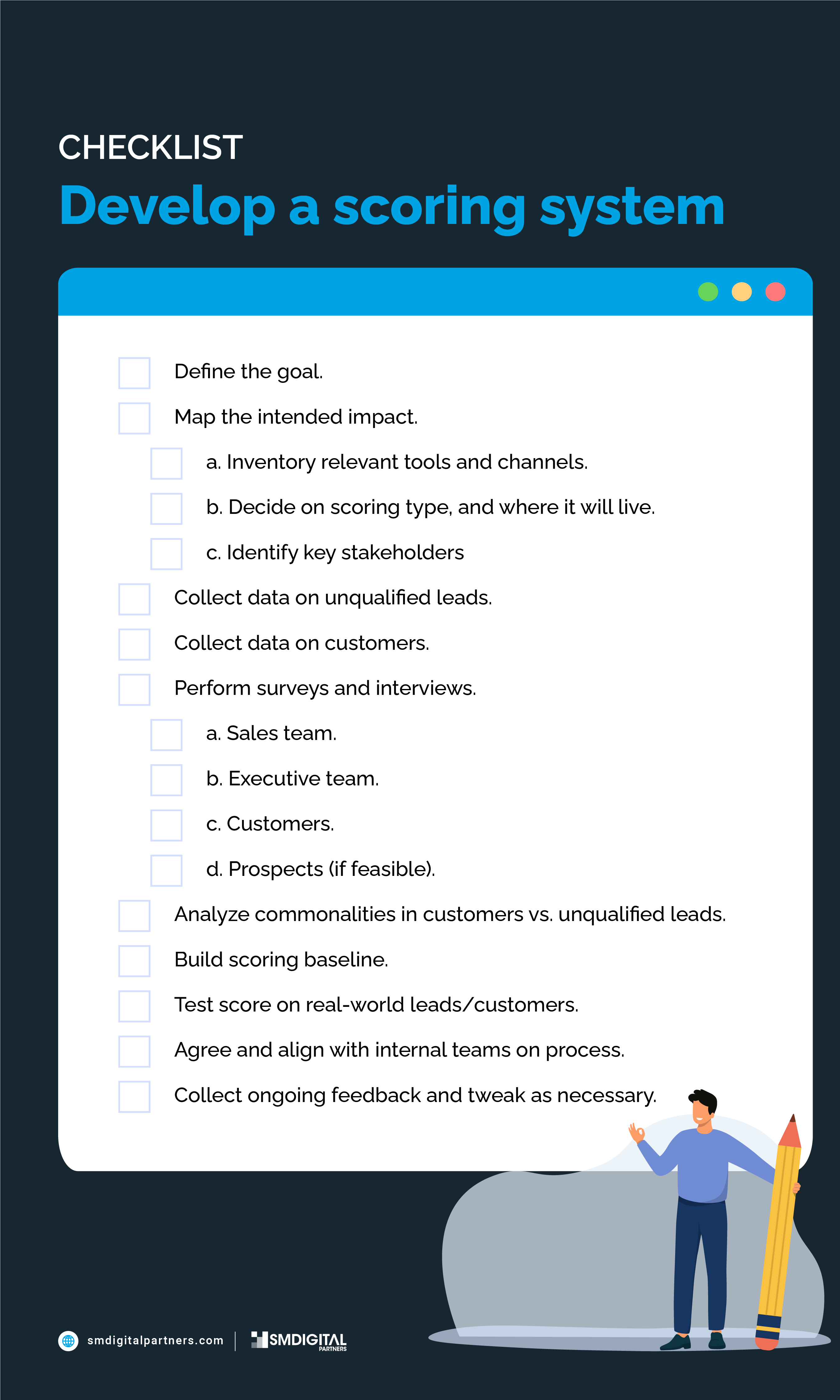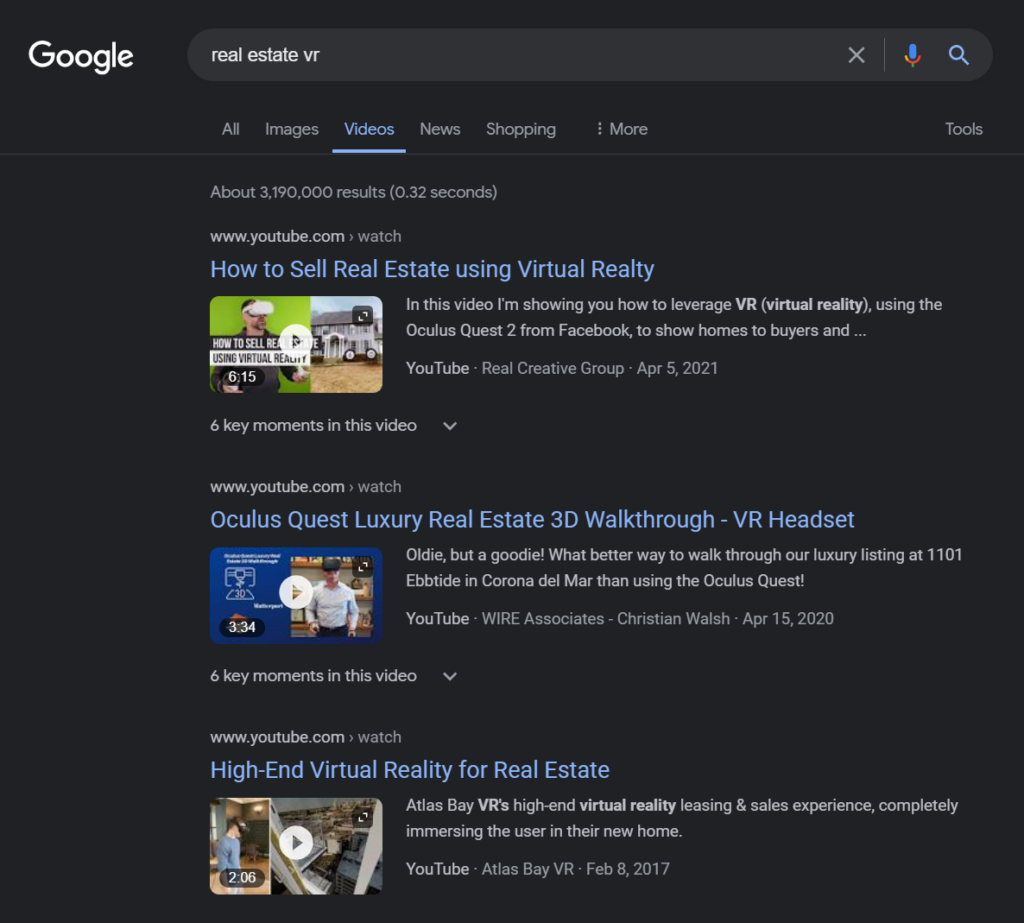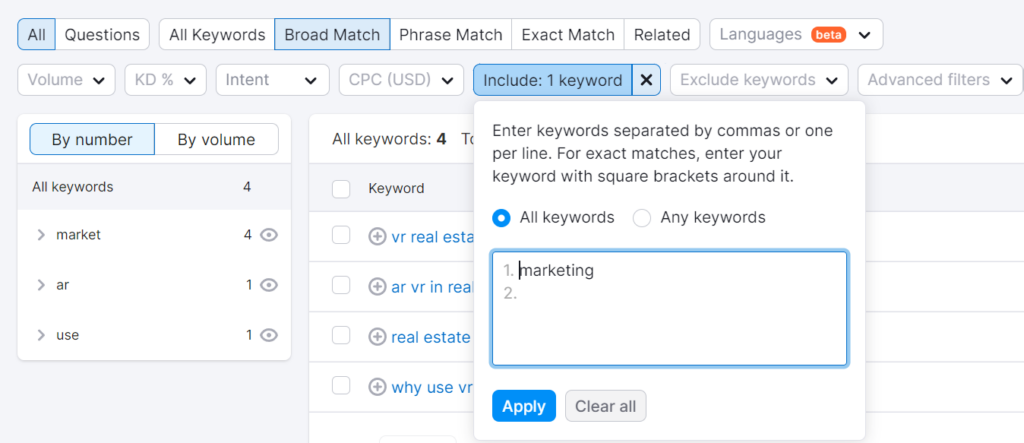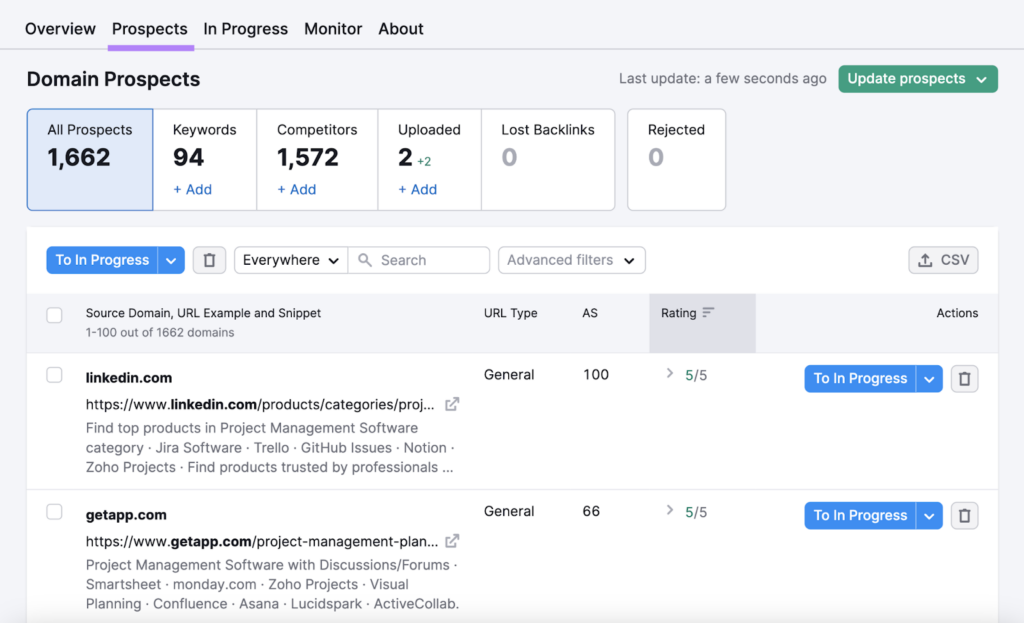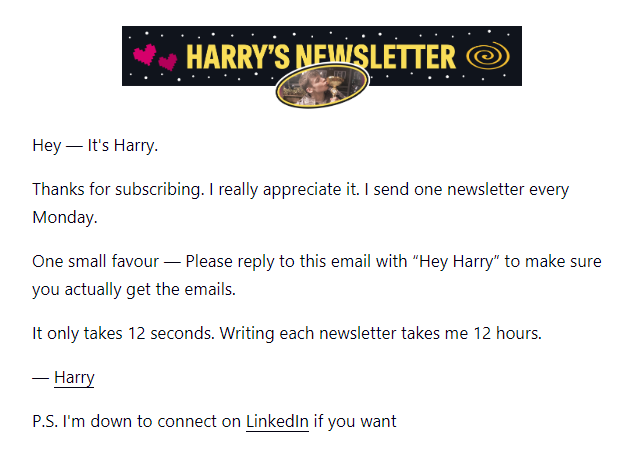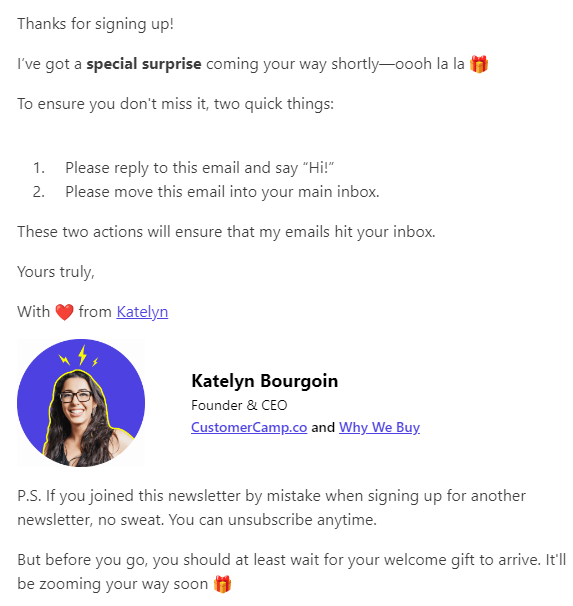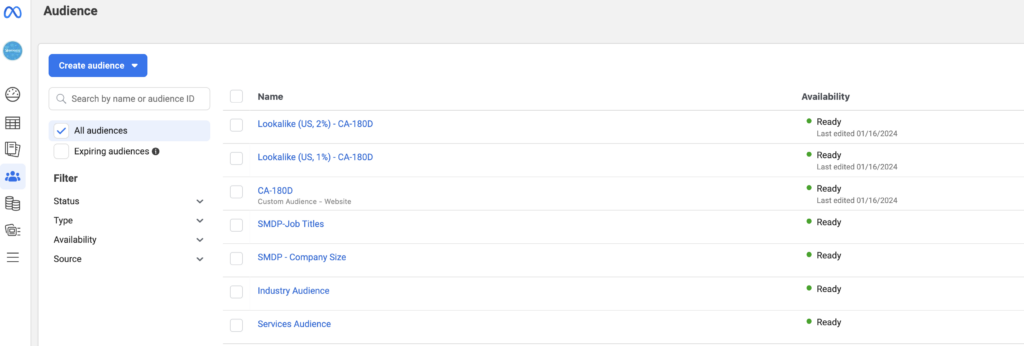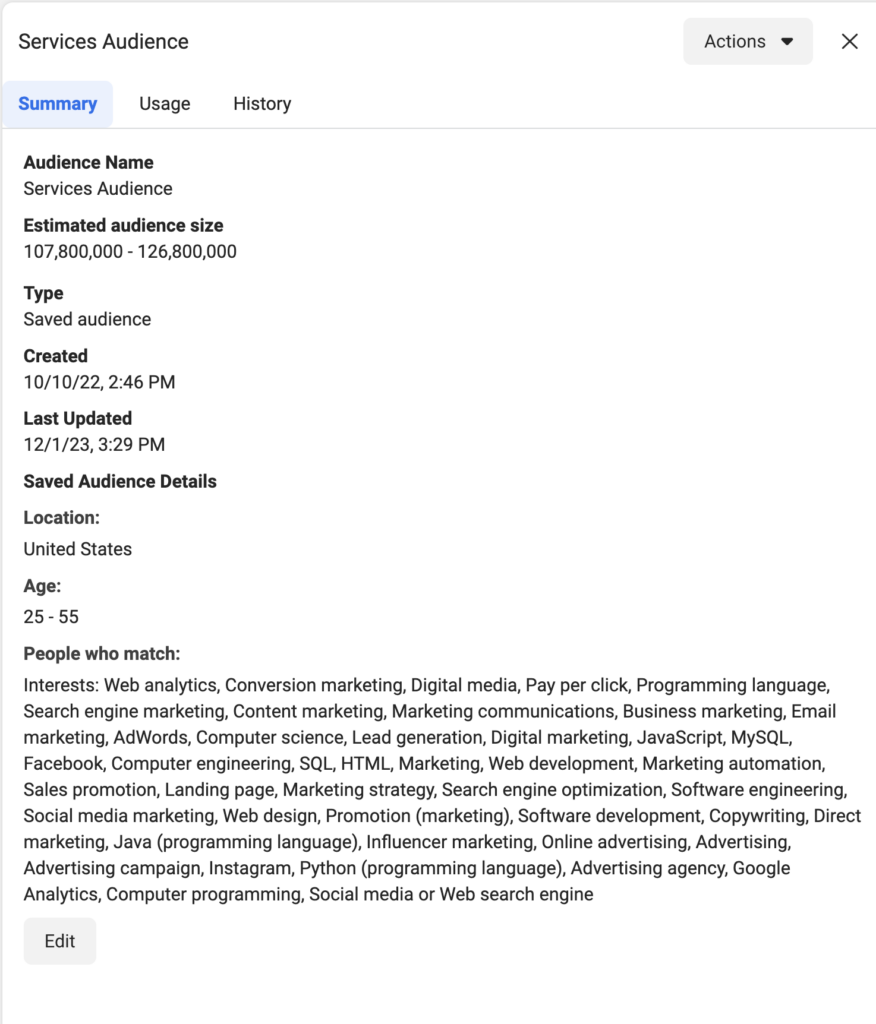Alright, so picture this: you’re running a blog, hustling to churn out fresh content left and right. But let’s face it, sometimes you just wish you had a magical genie to whip up those articles for you, am I right? Well, enter stage left: artificial intelligence (AI). Yep, AI isn’t just for sci-fi movies anymore—it’s here to help with your content creation woes. But hey, before you dive headfirst into the AI rabbit hole, let’s have a chat about how it can actually be a game-changer for your blog. Oh, and don’t worry, We’ll spill the beans on some tricks to make sure your readers never suspect a thing about our little AI helper.
Why AI’s Your New Bestie for Content Creation
- Speedy Gonzales Mode: AI-powered tools are like the Flash of the content world—they whip up articles faster than you can say “blog post.”
- Consistency is Key: Ever had those days when your writing mood swings like a pendulum? AI keeps things steady, maintaining that consistent tone and style throughout your content.
- Wallet-Friendly: Forget breaking the bank on hiring fancy-pants writers. AI is the budget-friendly alternative that still delivers top-notch content without burning a hole in your pocket.
- Mind Reader Alert: Okay, maybe not literally, but AI can analyze data and reader behavior to dish out content that’s tailor-made for your audience’s tastes.
- 24/7 Availability: No more waiting around for your writer buddy to wake up and start typing. AI’s on the clock 24/7, ready to whip up content whenever you need it.
The Not-So-Rosy Side of AI Content
- Creative Juices Not Included: AI’s great at following instructions, but don’t expect it to come up with the next Pulitzer Prize-winning masterpiece. You need a human touch for that extra oomph.
- Uh-Oh, Copycat Alert: Without proper supervision, AI might accidentally lift content from elsewhere on the web. Talk about awkward—and potentially legal trouble!
- Robot Vibes: Ever read something that just feels… off? Yeah, that’s the downside of AI sometimes—it can sound a bit too robotic for comfort.
- Lost in Translation: Complex topics or subtle nuances? AI might stumble on those, leaving you with content that’s about as clear as mud.
- Quality Check, Please: Sure, AI can churn out content like there’s no tomorrow, but someone’s gotta play editor to make sure it’s up to snuff.
Keeping It Real with AI-Generated Content
- Give Clear Directions: AI isn’t a mind reader (yet), so make sure to give it crystal-clear instructions on what you’re looking for in your content.
- The Power of Good Prompts: Think of prompts as the secret sauce to AI content. Keep ’em specific, relevant, and open-ended for the best results.
- Human Eyes Only: Even though AI’s doing the heavy lifting, don’t forget to give your content a once-over to make sure it’s human-approved.
- Add a Pinch of Human Spice: Sprinkle in some human storytelling and emotion to give your content that extra pizzazz and keep readers engaged.
- Stay in the Loop: AI tech’s always evolving, so keep your finger on the pulse and stay updated on the latest and greatest in the world of content creation.
To become a pro at prompting AI for article writing, it’s like teaching a new pal some cool tricks! Start by giving clear and friendly directions. Imagine you’re chatting with a buddy and explain what you want the article to be about. Be specific about the vibe and who you want to read it. Oh, and throw in some fun keywords to help your AI buddy know what you’re after!
But hey, it’s not all one-and-done! After your AI friend dishes out some content, take a peek and see how it’s doing. Tweak your prompts based on what you like or don’t like, just like adjusting a recipe until it’s just right. Keep experimenting and refining your prompts to guide your AI buddy to write the best articles ever! With a little practice and some friendly guidance, you’ll be churning out top-notch content in no time.
Five examples of great prompt engineering for ChatGPT to produce top-notch blog content
- “Hey ChatGPT, let’s create a blog post about sustainable living tips for beginners. Keep it upbeat and informative, focusing on easy-to-implement ideas that anyone can try. Include practical tips for reducing waste, conserving energy, and making eco-friendly choices in daily life.”
- “ChatGPT, I need a blog post comparing the latest iPhone and Android models. Dive into the features, performance, and user experience of each device. Be objective and thorough, highlighting the pros and cons of both platforms to help readers make an informed decision.”
- “Let’s craft a blog post exploring the future of remote work post-pandemic. Consider the evolving landscape of work-from-home arrangements, the impact on productivity and work-life balance, and potential challenges and opportunities for businesses and employees.”
- “Hey ChatGPT, I want to write a blog post about the benefits of mindfulness meditation for mental health. Focus on scientific research supporting its effectiveness, practical tips for beginners, and personal anecdotes or success stories to inspire readers.”
- “ChatGPT, can you help me create a comprehensive guide to digital marketing strategies for small businesses? Cover topics like social media marketing, SEO, email campaigns, and content creation. Provide actionable tips and real-world examples to help entrepreneurs boost their online presence and grow their brands.”
These prompts provide clear direction and specific topics for ChatGPT to explore, resulting in organic and high-quality blog content.
To ensure the tone and specifics are right with ChatGPT, it’s essential to provide clear guidance and examples of the desired style. Start by setting the tone with your initial prompt, using language that reflects the desired level of formality, friendliness, or seriousness. Provide specific instructions on the type of content you’re looking for, including key points to cover, preferred sources or examples, and any stylistic preferences.
Additionally, consider using ChatGPT’s temperature control feature to adjust the tone of the generated text. Experiment with different temperature settings to find the right balance between creativity and coherence, ensuring that the output matches your expectations. Finally, review and refine the generated content as needed, making edits to align the tone and specifics with your desired style and messaging.
So there you have it—AI might just be the superhero your blog’s been waiting for. With a little finesse and a touch of human magic, you can create content that’s not only AI-assisted but also authentic, engaging, and downright awesome. So go ahead, give it a whirl—your readers won’t know what hit ’em!
